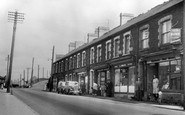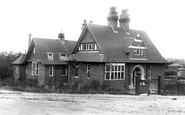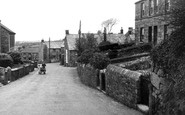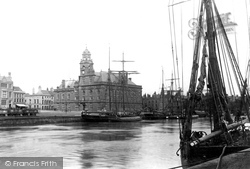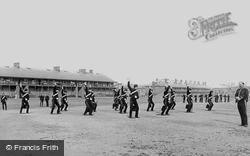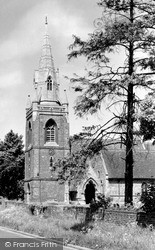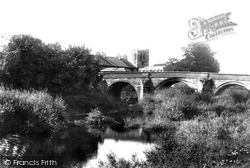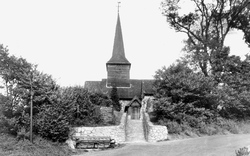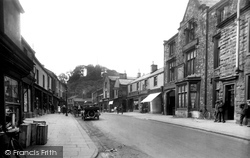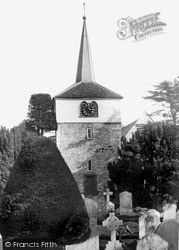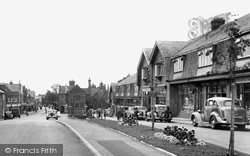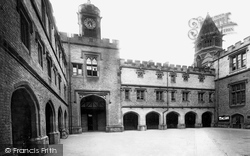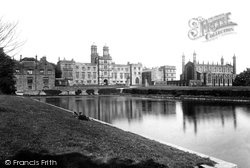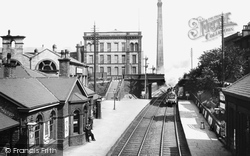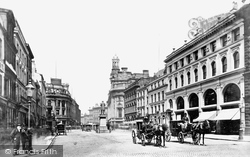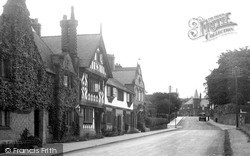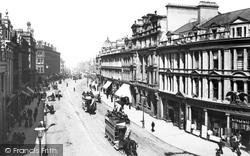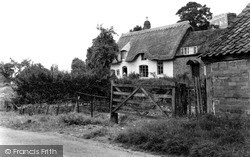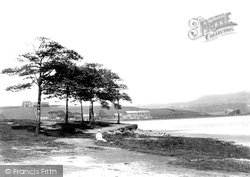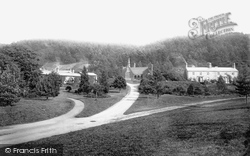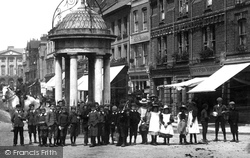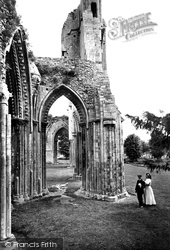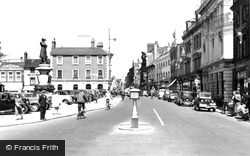Places
Sorry, no places were found that related to your search.
Photos
5 photos found. Showing results 1,001 to 5.
Maps
83 maps found.
Books
Sorry, no books were found that related to your search.
Memories
1,127 memories found. Showing results 501 to 510.
Parker Terrace.
I was born in Preston Hospital, North Shields.in 1943. My first recollections as a child were of living on Rosehill Road known as Parker Terrace at No7. An old lady called Mrs Roper lived next door. Another family called Spencer lived ...Read more
A memory of Wallsend in 1947 by
Barrow Hill
My father bought the land on Barrow Hill, and built a house called Carrick Lodge (1961). I am not sure that everyone at the bottom of the hill were totally impressed with the house although it did not effect the view. We did have our ...Read more
A memory of Worcester Park in 1946 by
The Charles Family Home At 39 Cwm Road.
39 Cwm Road in 1946 The family home, at 39 Cwm Road, was on the ‘cellar side’, which was deemed to be an advantage, since the houses were three-storeyed and sported an extra kitchen, scullery and pantry, ...Read more
A memory of Waun Lwyd in 1946 by
Childhood
I remember spending the first twelve years of my life in Haltwick, we lived in Sunnny Side Cottage, my brother and I would go down past the pub to get water from the well and we would play in the woods and fields. We moved to Dane End when ...Read more
A memory of Dane End in 1946 by
Boil's Adenoids And Tonsils
My overriding memory of "The Aldershot Cottage Hospital"was of blind panic and fear, and of a day in 1946 aged six years old I was taken to what must have been the out-patients department to have a very large carbuncle ...Read more
A memory of Aldershot in 1946 by
Saturday Mornings
Saturday mornings was when my mother and I would join the family next door for our day out, down to the Tarpots Corner and a bus into Wescliff by the playing fields and then a dancing lesson at Mimi Greens School of Dancing ...Read more
A memory of Great Tarpots in 1946 by
Shaftesbury Crescent
My grandparents lived at 41 Shaftesbury Crescent near the baseball ground from 1946 till 1980, next door lived Ethel Paling, she was a wonderful cook, the smell of her baking I can still remember today. Next to Ethel was Mr and ...Read more
A memory of Pear Tree in 1946 by
Harbury Warks
Hi, I am researching my family tree and am interested in finding anyone with the surnames Wells, Sheasby and Southam in the Harbury/Ladbroke area. Any information would be much appreciated. patbutler10@btinternet.com
A memory of Wrecclesham in 1946 by
Happy Days
Wonderful memories of a very happy childhood. I am St. Dennis born and bred, and for me there's no place like it. My father Stanley Grigg and his partner had a cycle shop and repair business and I remember well the American G.I's bringing ...Read more
A memory of St Dennis in 1946 by
Patricroft Shops
There was an ironmonger's shop on Patricroft Bridge ( the Eccles side) owned by a man called Richmond, whose daughter May attended Eccles Grammar School - though she was too nice a girl to have anything to do with a yob like me! ...Read more
A memory of Patricroft in 1946 by
Captions
1,233 captions found. Showing results 1,201 to 1,224.
With the help of the architect Frank Matcham they created a magnificent series of arcades, which are still much admired.
Much of it was carried by wherries, clinker-hulled double-ended barges, that carried a single loose footed gaff sail of about 1200 sq ft.
In 1877 the barracks became part of the much larger Infantry Barracks housing 1350 men. The last horses were retired in 1939, and the Cavalry Barracks were demolished in 1971.
The back arch has strap work and trophies.
The third Herbert tomb in this chapel (to the left) is the elaborate arched tomb of Sir William Herbert's natural son Sir Richard Herbert of Ewyas.
This bridge carried much coaching trade, as it was on the main London to York road.
The timber is about 700 years old, and the bell turret rests on an arched frame of timber.
Notice the stage-coach arch next to the bay windows: the stage coaches to Preston and Blackburn left from here.
Of special interest are the font (early Norman) and the Doom painting above the chancel arch.
The centre of Heswall was originally much closer to the shoreline, probably in the area around Village Road and St Peter's Church, but the advent of Telegraph Road - the A540 - has moved the commercial
Cloisters with studies above run to the south and east of Old Quad, with a tall arch forming the entrance to the School House dining hall at the south-eastern corner.
One thing to be said for Stafford (as far as anywhere can make such a claim in these unsettled times) is that it is a town without a darker side.
The estate is over 2,000 acres, much of which is farmed. The church of St Peter can be seen to the right of the picture.
Titus Salt created a community very much to his own pattern at Saltaire.
The buildings on the right were put up around 1835; the one with rounded window arches was for a long time the booksellers Sherratt & Hughes, and later Waterstone's - it then became WH Smiths while the
This village is referred to as 'Torintone' in the Domesday book, but during the reign of Edward II it, and much of the surrounding land, came into the possession of Roger de Thornton, whose only daughter
Everything seems to have operated on a small scale, and no doubt with much footwork as well as letter-writing. Telegrams could be sent from the massive General Post Office Building.
What is particular about Gloucestershire is that it offers so much variation in landscape. Uplands such as Cleeve Common spread beyond the Cotswold escarpment.
It always started in church, but apparently few people paid much attention to the religious service; they were too busy checking out their neighbours.
Healey Dell has been an attraction of a different type for much longer, probably since Anglo-Saxon times. In 1905 the Edwardian Falinge Park was opened north of Rochdale centre.
Between the road leading up to the mission house and the track forking off to the left of it, lies the village green, very much the heart of the village and a place where generations of village children
The Board brought about swingeing changes in Chelmsford - although much of it was a question of getting the townspeople to alter things they were perfectly happy with.
Thereafter much of the stonework of the abandoned abbey was robbed for re-use elsewhere. In 1907 the site was bought on behalf of the Church of England.
The Jaegar Shop on the extreme left of the picture conjures up memories of tweeds and country pursuits; nowadays the branch is much more fashion orientated, but nevertheless to be found on the High Street
Places (0)
Photos (5)
Memories (1127)
Books (0)
Maps (83)



